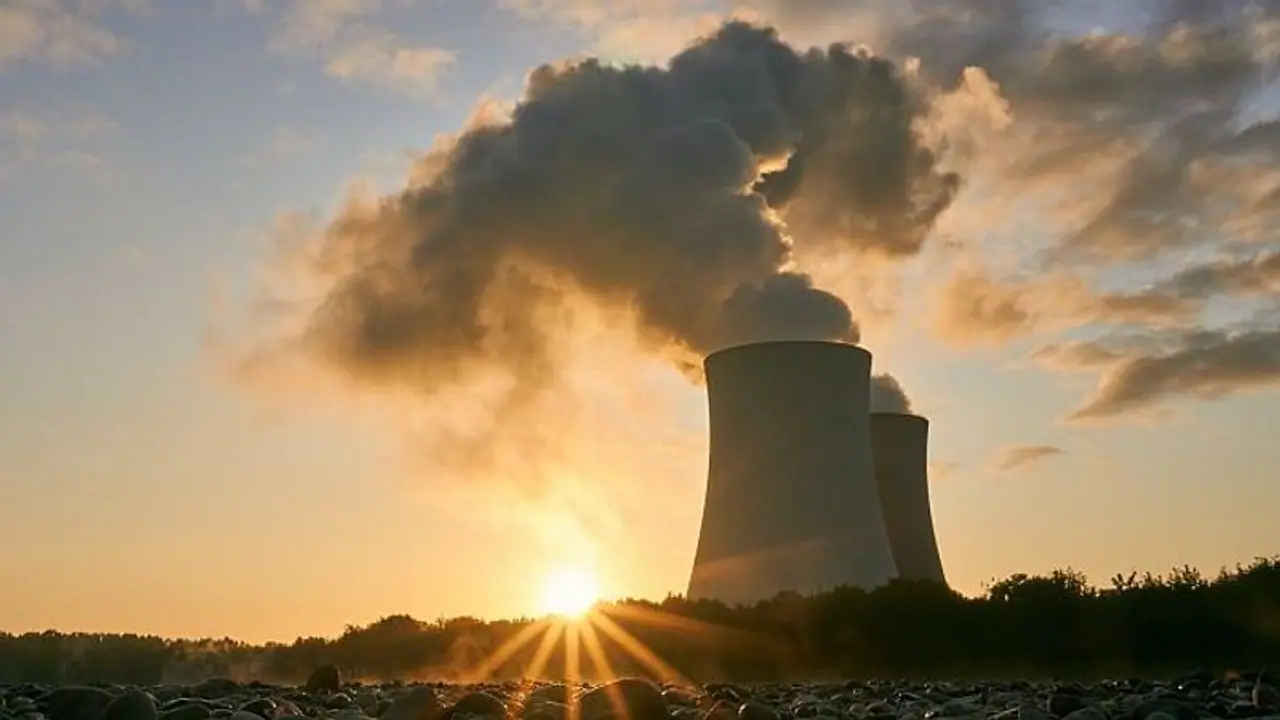Shelling and missile attacks near Ukraine's nuclear power plants now pose a daily scare and a reminder of a disaster like the 1986 Chernobyl meltdown.
Even as the war between Russia and Ukraine entered the 12th day, concerns have grown manifold with regard to the safety of Ukraine's nuclear plants. This is after numerous reports of shelling and missile attacks near the nuclear power plants that now pose a daily scare and a reminder of a disaster like the 1986 Chernobyl meltdown.

Currently, Ukraine has 15 operational reactors in four nuclear power plants across the country that meet half of its energy requirements in normal times. These nuclear power plants are of Soviet-era and the war-ravaged country has further developed them to reduce its energy dependency on Russia.
Besides, the Ukrainian government is constructing two nuclear reactors at Khmelnytskyi in western Ukraine while four reactors have been permanently closed at Chernobyl for decades.
According to the International Atomic Energy Agency, Ukraine's reactors supplied 51 per cent of the country's electricity in 2020. In addition to power plants, the country has three smaller research reactors and waste storage facilities.
Among the 15 functional nuclear reactors, six of them are at Zaporizhzhia, three in South Ukraine, between Kyiv and Odessa, and two at Rivne in the northwest of the country.
Russia seizes nuclear power plants
Last week, the Russians gained control over Ukraine's largest nuclear power plant, Zaporizhzhia and created psychological pressure over the employees.
A day ago, the International Atomic Energy Agency head had stated that Ukraine's nuclear regulator informed it that employees at the plant will have to take approval for any operation, even maintenance, from Russian forces.
Zaporizhzhia nuclear power plant is the largest in the war-ravaged country that produces 5,700 megawatts of electricity at full capacity.
IAEA Director General Rafael Grossi said he was extremely concerned about the recent developments.
The Chernobyl power plant which is now closed has already been captured by the Russian troops.
After Russia's invasion of Zaporizhzhia, the country has closed the operation at one of its reactors for maintenance, two others were disconnected and one was operating at 60 per cent power, while two others were being cooled down and held 'in reserve' in low power mode.
The Russian shelling around nuclear sites is creating a radiation threat. Radiation is an invisible threat that can kill people exposed to high doses or cause long term issues, including cancer. It could adversely affect the locals' health even after a decade since being exposed. A day ago, Russian missile systems had hit one of the disposal facilities in Kyiv, the country's capital city.
Also Read: Ukraine developing nuclear 'dirty bomb' in Chernobyl, alleged Russia
Also Read: Using corporates as weapons to hurt Russia: Why this may backfire
